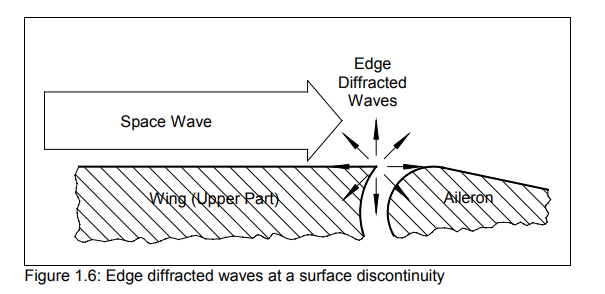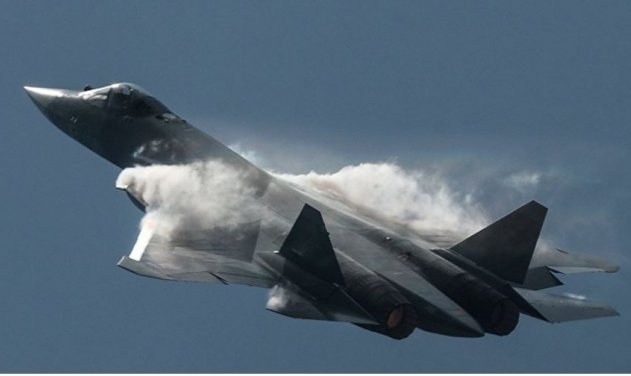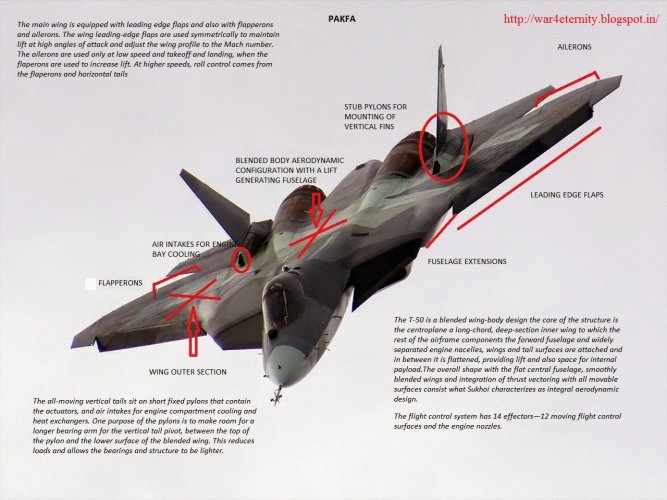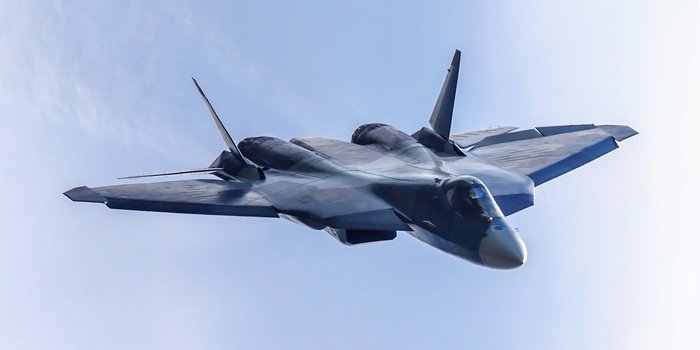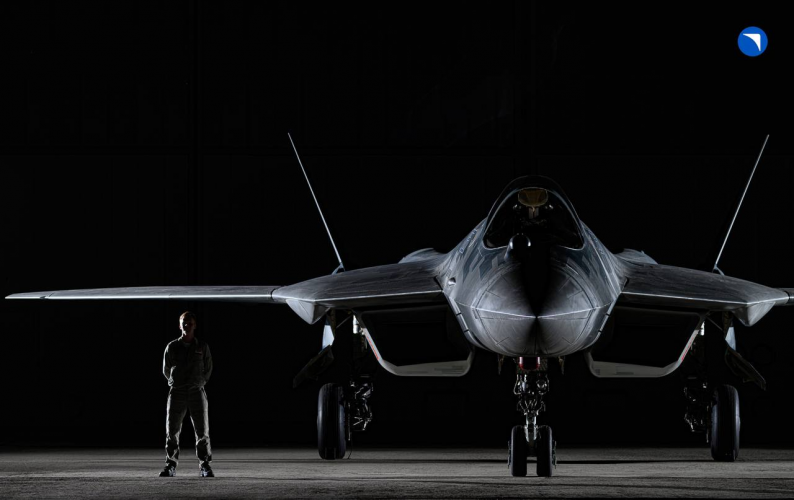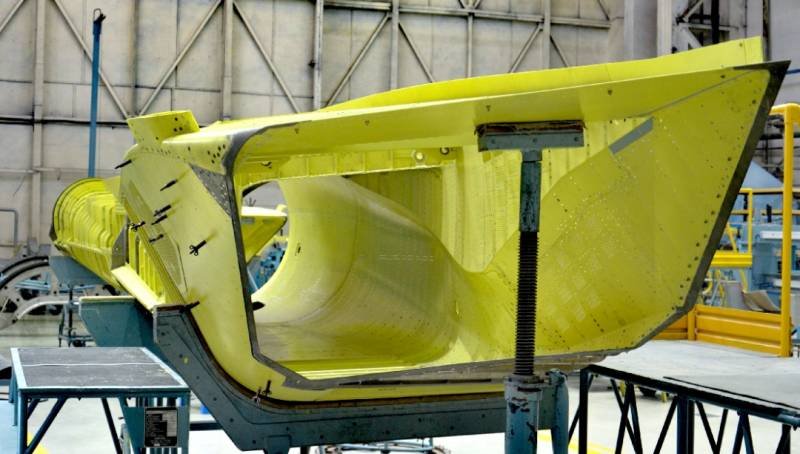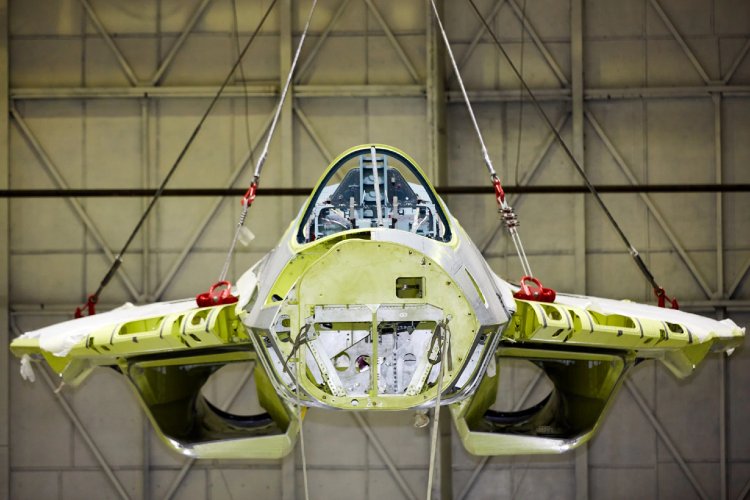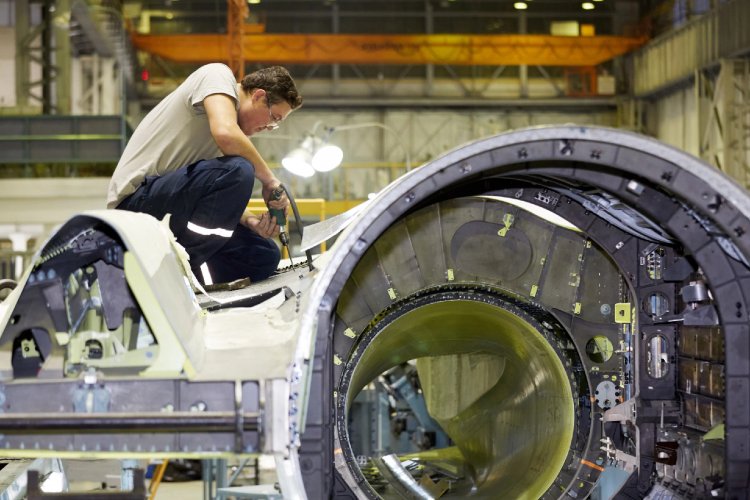I always thought that The Su-47 was so cool, much in the same manner as The YF-23 was radically different to what eventually became The F-22, & unlike The Su-57, The Berkut also had proper S-Ducts but only one weapons bay. I could also see them modifying the design to change the shape of the intakes & add levcons later down the road, but ultimately, one of the primary reasons that it was never adopted was due to the problems with forward-swept wings limiting the maximum speed to Mach 1.6, which, ironically enough, is currently the same limit as The F-35, albeit for reasons related to RAM, iirc.
Never forget, however, that The Su-47 first flew at a time when Russia was still in the abject misery of The 1990s, so the money simply wasn't there, even if it could have been built in numbers, so in the end, the platform wound up being a kind of flying laboratory for various technologies that were later incorporated into The Su-57, so it wasn't a total loss. I can't do anything about the irst bulb, though, lol, smh.
As for The Su-75, yes, it's a much better stealth design, especially if they opt to keep the v-tail, & The Checkmate also features a faceted EOTS-like device underneath the fuselage, so it looks like someone at Sukhoi finally got the memo in that regard, but evidently, everyone is STILL not on the same page as the aircraft retains the standard irst bulb in front of the cockpit. Sigh.
In terms of modifying The Su-57, it would probably be best to get rid of the second weapons bay so as to ease the overall stress on the airframe & then smooth the bottom, which would also yield more storage for the single weapons bay. Do that, give us a faceted irst, said EOT-like setup from The Su-75, & then let's see where we are in terms of its rcs. Who knows - a return of 0.006 m2, or thereabouts, might actually be quite attainable, provided that the dircms are also removed. Continuing down the current road is just a waste of time & money, imo.
Oops, almost forgot - the partial S-Ducts are also complex, expensive, & don't yield the necessary level of radar reduction, so yeah. Not great, Bob.



